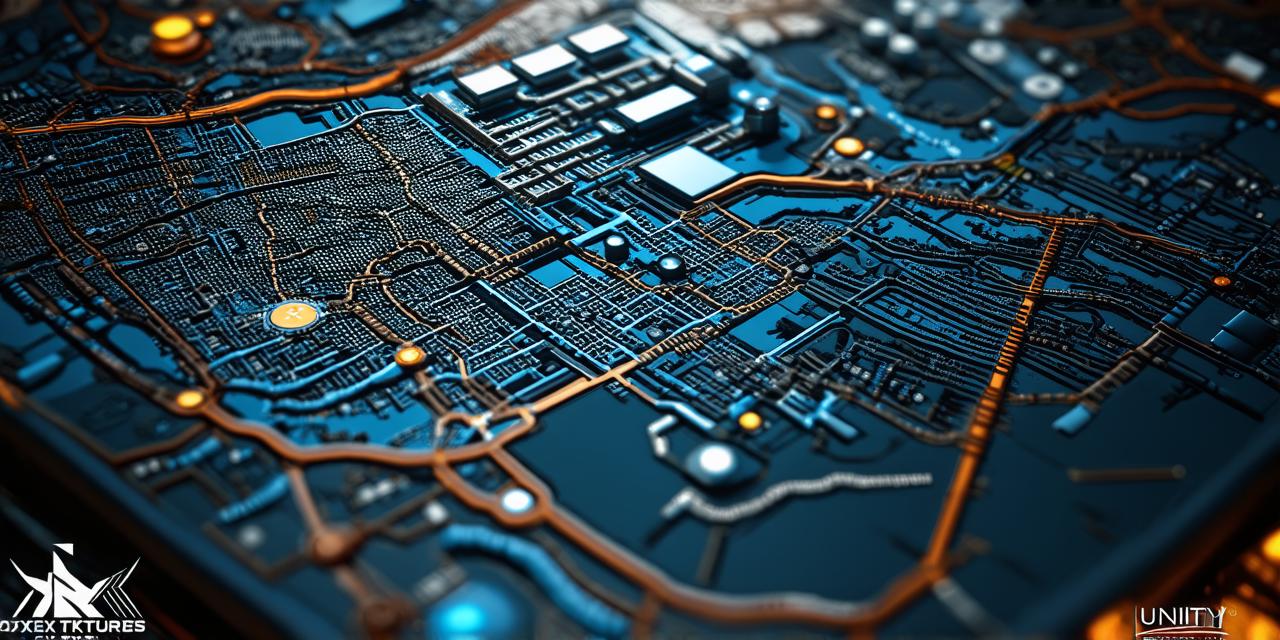
In today’s world, creating 3D maps for Unity has become increasingly popular. With the rise of virtual reality and augmented reality, there is a growing demand for interactive and immersive experiences that can be enjoyed on various devices.
Getting Started: Understanding Unity’s Terrain Tools
Before diving into the process of creating 3D maps for Unity, it is essential to understand the basic tools and features available in the software. The first step is to familiarize yourself with Unity’s terrain tools. These tools allow you to create and edit terrain surfaces, which can be used to build 3D environments and landscapes.

There are several types of terrain tools available in Unity, including:
- Terrain Paint Tool
- Heightmap Editor
- Terrain Layers Tool
The Terrain Paint Tool is one of the most commonly used tools for creating 3D maps. It allows you to paint textures directly onto the terrain surface, which can be customized to suit your needs. You can use this tool to add details such as grass, water, and rocks to your map.
Heightmap Editor
The Heightmap Editor is another powerful tool for creating 3D maps. It allows you to adjust the height of the terrain surface, which can be used to create hills, valleys, and other features in your map. You can also use this tool to add textures and materials to specific areas of the terrain.
Terrain Layers Tool
The Terrain Layers Tool is a useful tool for managing multiple layers of terrain data. It allows you to layer different types of terrain surfaces on top of each other, which can be used to create complex landscapes with different textures and materials.
Creating Your 3D Map: Tips and Tricks
Now that we have covered the basics of Unity’s terrain tools, let’s dive into the process of creating your 3D map. Here are some tips and tricks to help you get started:
- Start with a Sketch or Concept
- Use Terrain Layers to Create Complex Landscapes
- Customize Textures for Maximum Engagement
- Optimize Your Map for Performance

